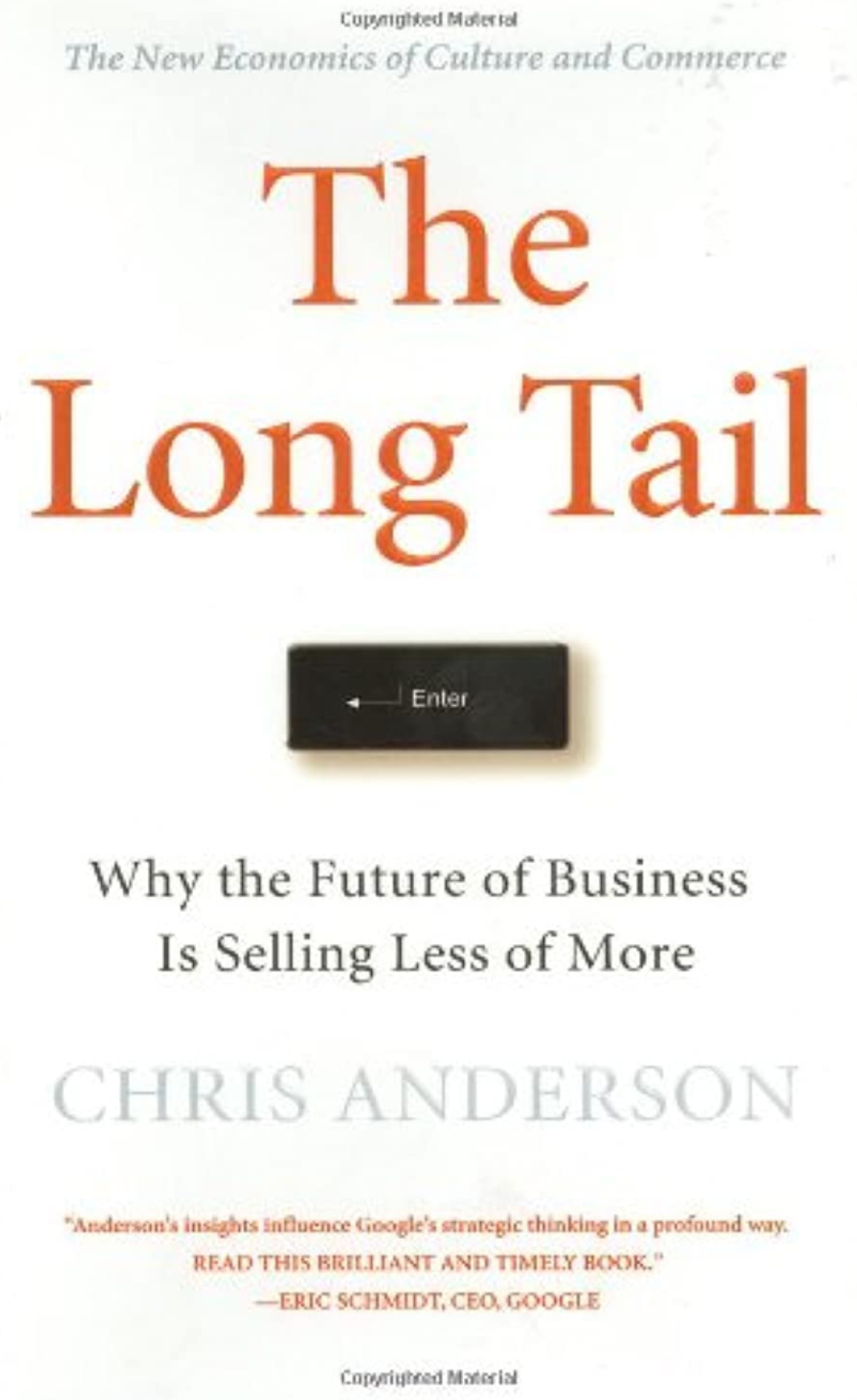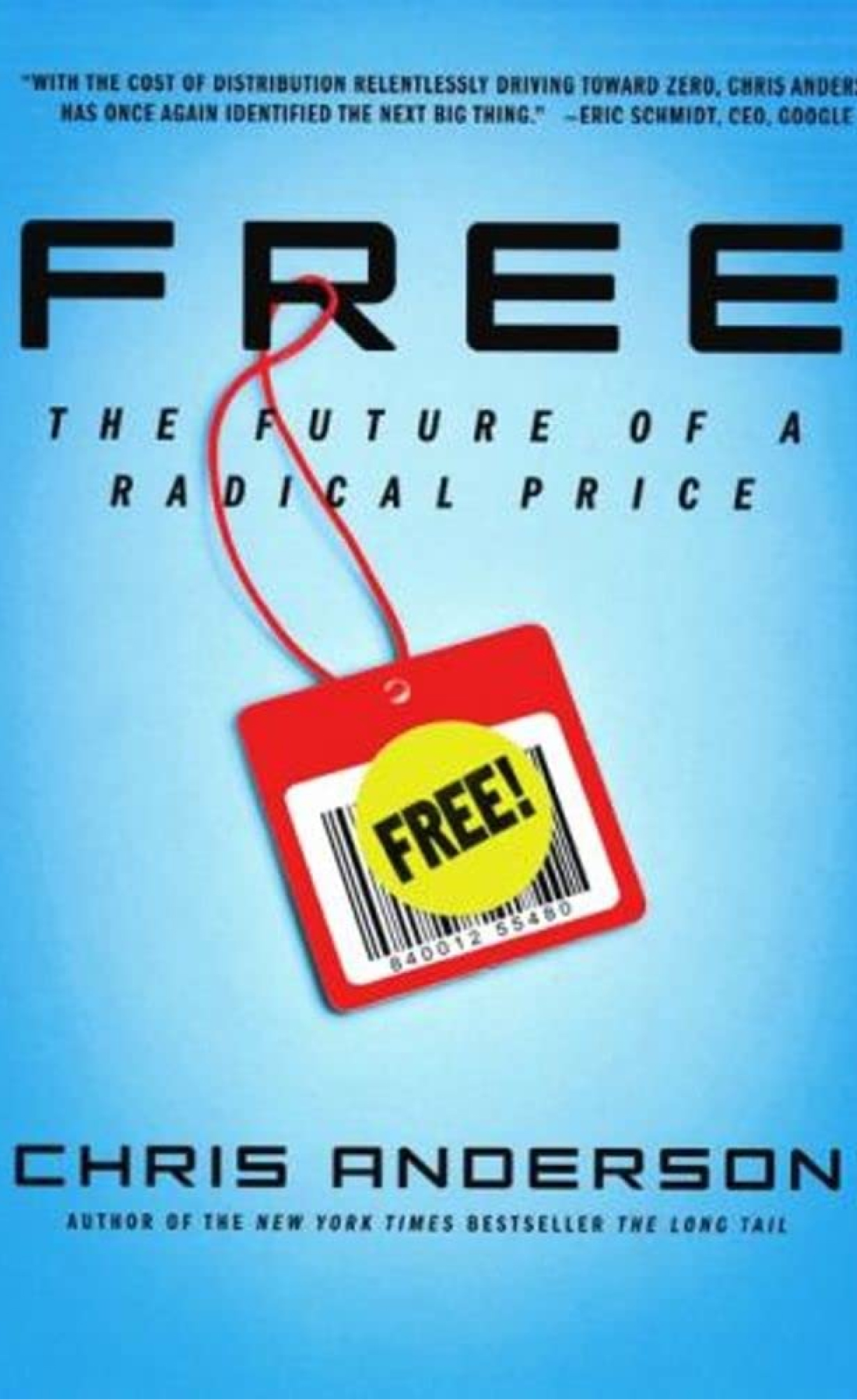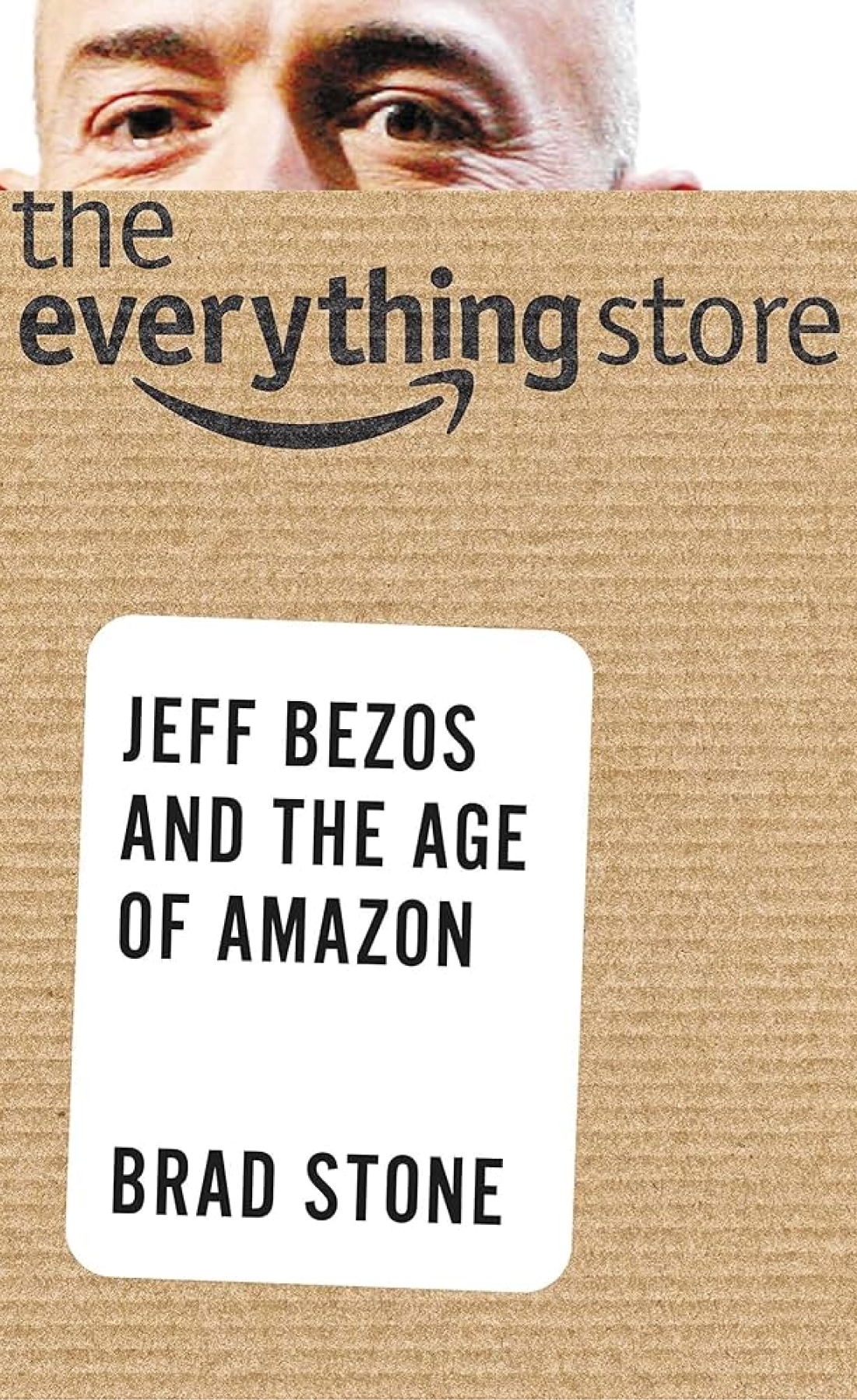Major concepts

Long Tail
The Long Tail shows how internet markets can succeed by selling both niche products and popular items.

- Niche products can add up to substantial profits in the digital age.
- The internet enables unlimited product offerings and easy access.
- Businesses can thrive by serving both mainstream and niche audiences.
- Data and technology are key for reaching diverse markets.
The Long Tail, popularized by Chris Anderson, suggests that niche products can collectively make up a significant market share in the digital world.
This happens because the internet allows for broad access and efficient distribution, enabling even low-demand items to find buyers.
How It Works
The Long Tail relies on two principles:
- Abundance of choices: A vast variety of niche products available.
- Ease of distribution: Online platforms can reach buyers globally.
While sales for each niche product might be small, their combined volume can substantially boost revenue.
Examples include Amazon and Netflix, where a large part of revenue comes from lower-demand items that sell steadily over time.
Why It's Effective
Traditional stores have limited shelf space, focusing on popular items. But online platforms have infinite virtual shelves, allowing them to offer a wide range of products.
This shift means businesses can rethink sales strategies:
- Instead of focusing only on bestsellers, they can profit by offering a broad array of niche items.
- Niche products can reach customers worldwide, thanks to the internet’s reach.
Harnessing the Long Tail
To make the most of the Long Tail, companies should:
- Expand product offerings to include a wide range of options for niche markets.
- Make products easily accessible through intuitive websites or apps.
- Use data to understand what customers want and tailor offerings.
- Leverage technology for efficient inventory management and delivery.
The Long Tail shows how businesses can shift focus and capitalize on diverse consumer interests.




